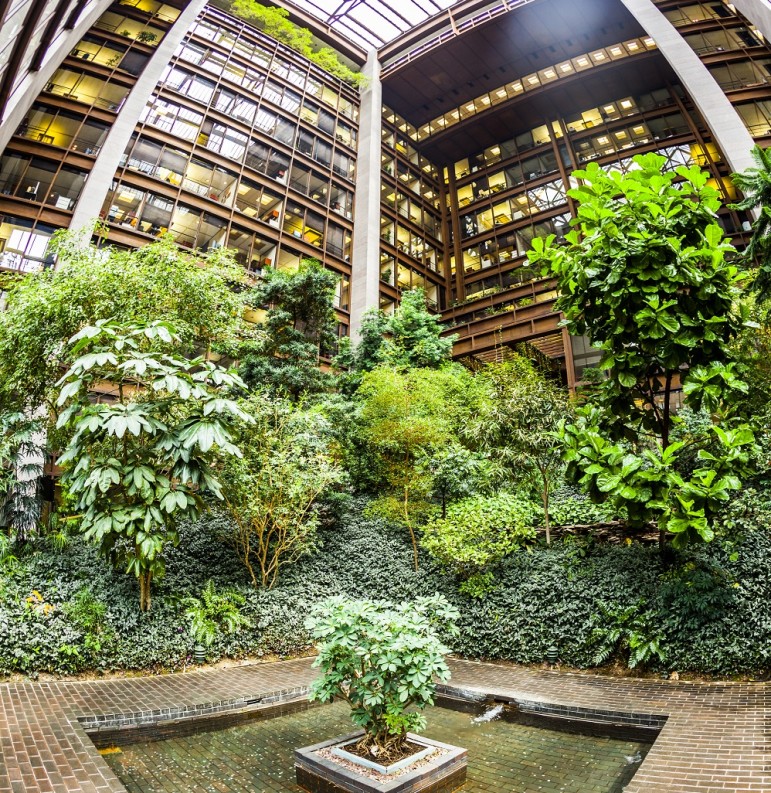
December 16, 2015; New York Times
There is nothing humble or ordinary about the Ford Foundation Building on Manhattan’s East Side. Its imposing mid-century design by architect Kevin Roche and his engineering partner John Dinkeloo is quite simply awe-inspiring. As I can attest, its appearance can intimidate nervous prospective grantees.
When filled to the brim with resource decision makers, it becomes mildly terrifying or, as Ford Foundation president Darren Walker says, “off-putting.” He writes that the building has “vestigial features” that smack of hierarchy.
Visiting this building would have been even more terrifying if we had known it had no sprinkler system. One of the building’s most notable features is the strange 174-foot-high atrium with its jungle paths under 12 looming stories of internal windows, but even that has no smoke-exhaust system. The building does not meet code and city officials have given the Ford Foundation until 2019 to make that right.
Sign up for our free newsletters
Subscribe to NPQ's newsletters to have our top stories delivered directly to your inbox.
By signing up, you agree to our privacy policy and terms of use, and to receive messages from NPQ and our partners.
But the building is quite clearly an architectural treasure even down to the modernist furniture created by Warren Platner and Charles and Ray Eames to match the ambiance. In fact, both its exterior and the atrium are historic landmarks.
So Ford is proceeding carefully but in a way intended to transform the building into a “global center for philanthropy and civil society,” changing the building’s safety and environmental footprint as well as the way the building is experienced by its activist partners.
“This is our chance,” writes Walker on the Ford Foundation’s website, “to remake our landmark space into an open, inviting, welcoming place—a gathering place for the individuals, institutions, and ideas that are broadening the frontiers of social change.”
All of this will go for the again-awe-inspiring price tag of $190 million, which Walker assures us will not come out of potential grant monies but will instead be financed by a 30-year bond. The board considered selling the building when faced with the need to renovate but decided, in the end, to reduce its own office footprint and open up space for greater use by its activist partners. Two floors will be rented out to nonprofits and the building’s meeting space will be doubled. The renovations will be complete in 2018, and in the meantime, the foundation will be temporarily camping out in another building at 1440 Broadway and 40th Street. — Ruth McCambridge











